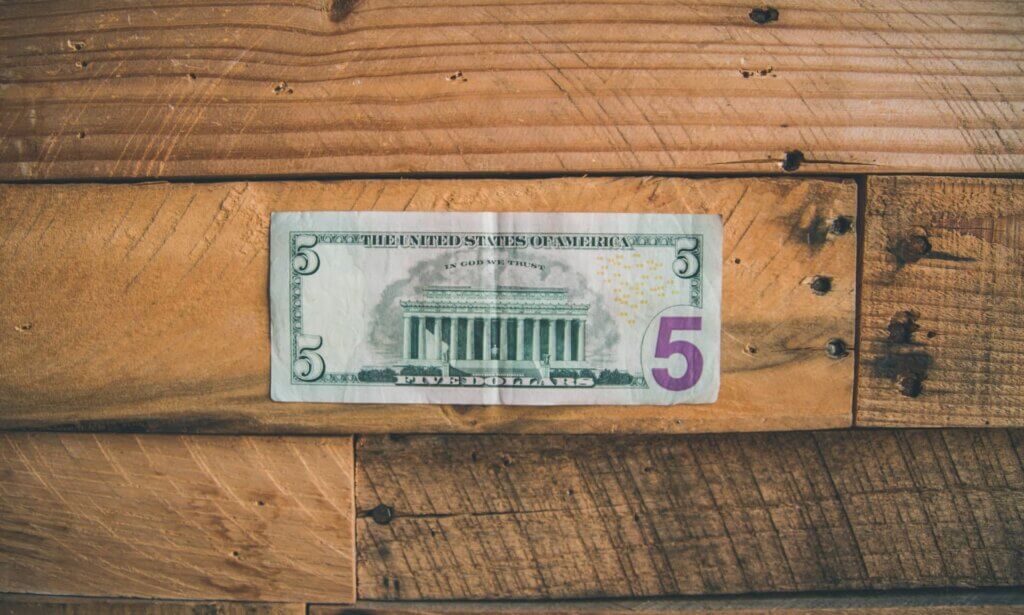Let’s be real: for most of us, bank reconciliation (aka “balancing your bank account”) probably sounds like a tedious task your grandparents did back in the day with a checkbook, a calculator, and a stack of receipts.
Back then, it was the only way to stay on top of their accounts and make sure their spending and saving records lined up with the bank’s.
These days, you can open your banking app on your phone and check your balance instantly. So why bother going through the process of matching your bank statement to your own records?
It may sound boring, but it’s necessary.
Why? Because your bank account balance only tells part of the story.
With automatic payments, sneaky subscriptions, and digital fraud on the rise, it’s easy to miss things, like a charge you didn’t make, a subscription you forgot to cancel, or an unexpected fee.
A quick monthly check of your bank reconciliation statement can help you catch mistakes, spot fraud, and keep tabs on your spending.
In this article, we’ll explain what a bank statement is, walk through the bank reconciliation process step by step, and give you the 4-1-1 on how this simple habit can help you stay sharp, stay safe, and stay in control of your money.
What Is a Bank Statement?
Before you can budget, save, or plan ahead, you need to know where your money’s going.
That’s where your bank statement comes in. It’s a snapshot of all the activity in your checking or savings account over a specific period, usually a month.
On your statement, you’ll typically see your:
- Deposits
- Withdrawals
- Fees
- Interest earned
- Balance at both the start and end of the period
Some statements also include your account number, statement dates, and customer service info.
Most bank statements are digital now, but you can still request paper copies if you need them.
This document isn’t just for reference. It’s your bank’s official record of what happened in your account, and reviewing it regularly makes it easier to catch unusual transactions, spot spending habits you might want to change, and keep your financial life on track.
What Does Bank Reconciliation Mean?
Bank reconciliation is the process of comparing your own spending and saving records—like what you’ve tracked in a budgeting app or notebook—with your bank statement to make sure everything lines up.
Say you figure you spent $150 on groceries last week. Reconciling is how you confirm that your bank shows the same charge. If it doesn’t, it’s your job to figure out why there’s a discrepancy.
Making bank reconciliation a habit doesn’t mean you’re paranoid. Far from it. It just means you’re paying careful attention to your money, and that’s never a bad thing.
Regularly checking up on your accounts might sound mind-numbing, but it’s one of the simplest ways to keep your financial story straight. Banks can make mistakes, systems glitch, sometimes we forget to log a purchase, or our card gets charged twice.
These are all things you can catch easily by giving your bank statement a quick once-over every few weeks.
It bears repeating: this simple habit is a great way to make sure you and your bank are on the same page about where your money is going.
The Benefits of Bank Reconciliation
You might be wondering if bank reconciliation is really worth the effort. Short answer? Absolutely.
We’ve already touched on how bank reconciliation can help you stay on top of your finances. Now let’s break down the real-world payoffs of making it a regular habit.
Catch Mistakes Before They Mess Things Up
Banks usually get it right, but not always.
A double charge, a missing deposit, a random fee that doesn’t belong–these can all slip through the cracks if you’re not paying careful attention.
Habitually checking your bank reconciliation statement helps you catch slip-ups fast, before they snowball into overdraft fees or missed payments.
Spot Fraud Before It Drains Your Account
Consumers lost over $12 billion to fraud in 2024 alone.
Scammers move fast, but if you’re checking your statements regularly, you can move faster.
Many banks have tight deadlines for disputing charges, so the sooner you catch something that doesn’t look right and report it, the better.
Stick to Your Budget Without Guesswork
Think you only spent $200 on takeout last month?
Your bank statement might say otherwise. Reconciliation gives you the receipts (literally) so you can adjust your spending based on real numbers, not wishful thinking.
See Where Your Money Actually Goes
Going through your bank reconciliation statement line by line might sound about as fun as getting a root canal, but it’s one of the smartest financial habits you can build. And as the saying goes, you can’t manage what you don’t measure.
Bank reconciliation is an opportunity to cancel forgotten subscriptions, eyeball sneaky price hikes, and get a handle on budget-busting spending trends you didn’t notice before.
It’s like putting your money under a magnifying glass, and what you see might just be the eye-opener you need to help you manage your money like a boss.
Feel in Control, Sleep Better
There’s peace of mind in knowing your money isn’t going rogue. You’ve checked, double-checked, and everything lines up.
No surprises, no stress. Just confidence.
How To Do a Bank Reconciliation
Think of bank reconciliation as your monthly money check-in. It’s quick, it’s straightforward, and it helps you stay in tune with your finances.
Here’s how to do it in four simple steps.
1. Organize Your Financial Documents
Start by pulling up your bank statement and grabbing whatever you use to track your spending—a budgeting app, spreadsheet, checkbook register, or even a notebook.
If you’ve written any checks that haven’t cleared yet, make a note of those, too. Having your receipts handy for the month can also help if something looks off on your bank statement.
2. Match Your Deposits and Withdrawals
Go through your bank statement line by line and compare it to your records.
Start with deposits (usually marked with a plus sign on your statement). Did everything you expected actually come in?
Then move to withdrawals (typically indicated by a minus sign). Check off each transaction as you go down the list.
If you see slightly different amounts in your records vs. your bank reconciliation statement, it could be due to a tip, a partial refund, or a fee you didn’t account for.
3. Find and Fix Discrepancies
Don’t stress if your bank statement and your records don’t match. It could be a timing delay, a forgotten transaction, or a fee you missed.
Note anything that’s pending, add missing items to your records, and flag anything suspicious. If you spot an error or an unauthorized charge, get in touch with your bank right away.
4. Make It a Habit
Do a bank reconciliation at least once a month, ideally right after your statement drops. If you have lots of transactions, a quick weekly check-in can help, too.
Set a reminder and make it routine. Most people can knock out a bank reconciliation in 20–30 minutes, and the peace of mind is worth every second.
Track Your Money Like a Pro
Bank reconciliation isn’t flashy, but it works.
Doing it regularly can help you catch unexpected fees, correct less-than-ideal spending habits before they wreck your budget, and keep a watchful eye on your money.
You don’t need fancy tools, either; just your bank statement, your own records, and a few minutes of focus.
Keep in mind, you don’t have to get every penny perfect. The idea is simply to keep track of where your money is going while building stronger habits along the way.
And when you get the hang of it, you’ll feel more confident, less reactive, and more in tune with your finances.
Kudzu makes that easier.
With tools that simplify your finances and help you stay on top of your accounts, we’re here to help you build habits that stick. Ready to make this month the one where your money finally makes sense? Sign up for the Kudzu app and see the difference.



